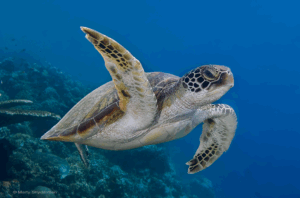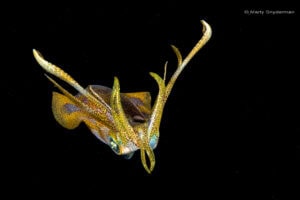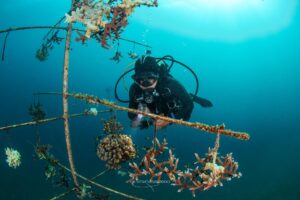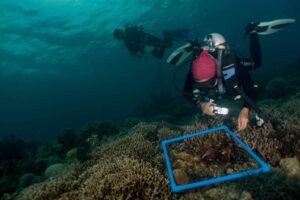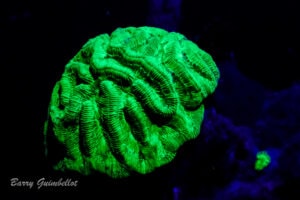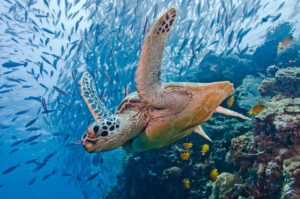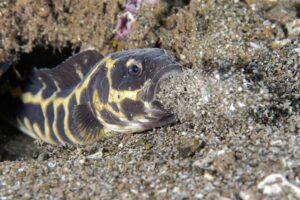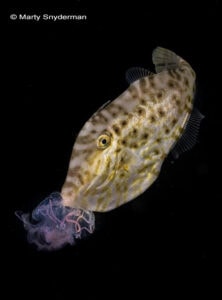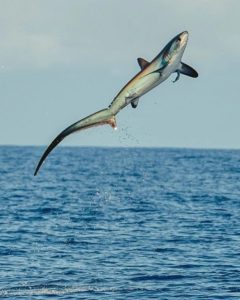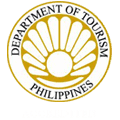[vc_row][vc_column width=”1/3″][vc_single_image image=”5040″ style=”vc_box_rounded” onclick=”img_link_large”][/vc_column][vc_column width=”1/3″][vc_single_image image=”5036″ style=”vc_box_rounded” onclick=”img_link_large”][/vc_column][vc_column width=”1/3″][vc_single_image image=”5056″ style=”vc_box_rounded” onclick=”img_link_large”][/vc_column][/vc_row][vc_row][vc_column][vc_column_text]Dumaguete is called “The City of Gentle People”. It is a college town with a warm atmosphere and an air of sophistication.
The city’s name is derived from the word ‘dumaguit’ which in English means ‘to snatch’. This name suggests it has the power to charm visitors and keep them from ever wanting to leave.
Dumaguete is the capital of Negros Oriental with a population of more that 120,000 people. The city is home to Siliman University, the first university outside Manila along with several other first class universities. It’s anthropological museum houses extensive collections of artifacts dating back to the Sung and Ming Dynasties of the 18th Century.
In recent years Dumaguete has attracted a large number of international call centers, providing thousands of jobs and bolstering the local economy. Negros is the fourth largest island in the Philippines, lying at the very heart of the country.
Apo island is home to over 650 documented species of fish and estimated to have over 400 species of corals. Most of the Philippines’ 450 species of coral can be found here, from tiny bubble corals to huge gorgonian sea fans and brain corals.
The local language in Negros is Visayan. The power source of the city comes from the geothermal power plant in Palinpinon, Valencia.
The most popular form of transport in the city is the “pedicab” although they no longer have pedals. The answer to how many people can fit on one is, “one more”.[/vc_column_text][/vc_column][/vc_row]


